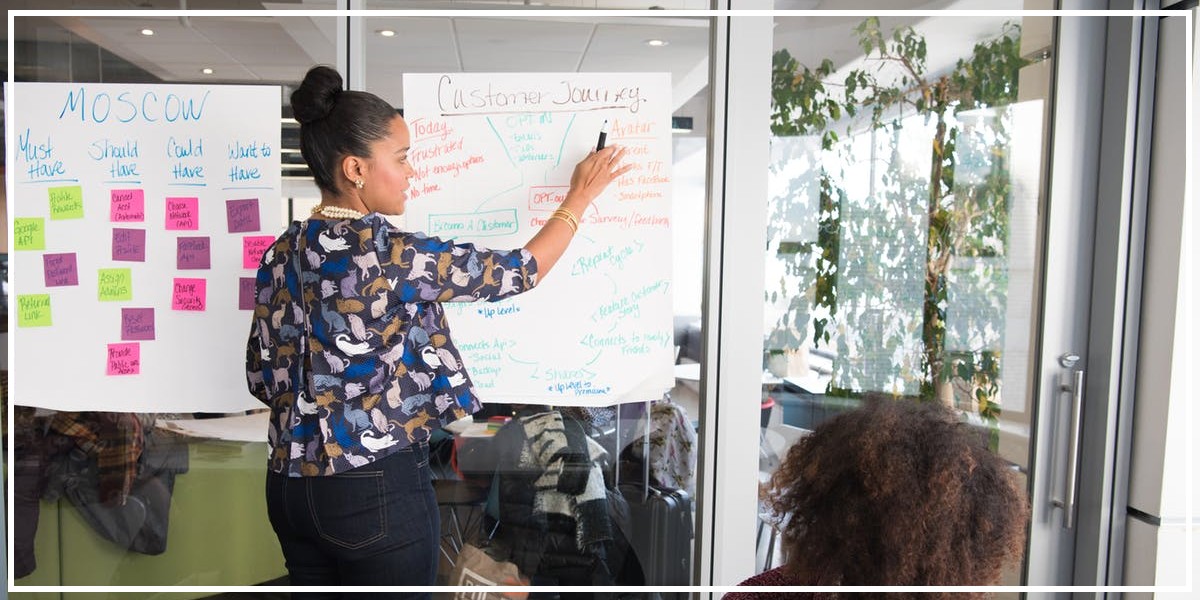CXU Student Brief 9
The CXU Student Brief
A monthly newsletter for Upgraded Online Course Subscribers
You’re reading The Fundamentals series. There are 5 Common Sense Principles that underpin customer experience excellence. These fundamentals are not just important; they are everything. In your CXU Student Briefs, we will share with you each one of these five principles with an interactive activity to drive home how fundamental they are.
Principle 1: Learn by Doing
Recently, this notion of learning by doing has been formalized and is known as design thinking. It is similar to the Buddhist concept of “beginner’s mind,” embracing an attitude of openness, willingness. Beginner’s mind discards preconceptions in order to observe what is actually happening as the result of our actions, so that we can adapt on the fly. It’s an iterative process, and the goal is to understand the customer, challenge our assumptions, and redefine problems so we can find new solutions that initially were not clear to us. At its core, design thinking is the relentless pursuit of understanding the people for whom we design our products and services. The Hasso-Plattner Institute of Design at Stanford breaks the process down into the following five phases:
- Empathize with your user. You need to understand, sympathize, and have compassion with your customers.
- Define your users’ needs, their problems, and your insights. Identify what your customers desire and what gets in the way of their getting what they want.
- Ideate. Brainstorm and generate ideas to create opportunities to meet customer’s needs.
- Prototype – create solutions. Create sample solutions and exemplars.
- Test your solutions. Determine how well the test solutions work.
These phases are not on a step-by-step path. The phases frequently occur in varying orders, sometimes in parallel, and even repeat. Businesses often go through several iterations of creating and testing prototypes. This is “learning by doing” at its best. Design thinking is at the core of every industry-leading CX innovation, so integrating this process is absolutely necessary. Otherwise, you will be forced to imitate your competitors, which will leave you a step behind. More importantly, it will leave you at risk of pleasing someone else’s customers while alienating your own base.
More on Design Thinking – quick video
In CX 505: Experience Design, Improvement, and Innovation, CXU explains the fundamentals of Design Thinking. In the following short video, “What is Design Thinking?”, you will explore the relationship between brainstorming, prototyping, and testing to create opportunities to meet customer needs.
Featured Reading
The Value of Design is on the Rise
This article was written by Mike Wittenstein, a CXU Thought Leader.

In the last decade, many brands have used customer experience perspectives and processes to complete corporate turnarounds and experience make-overs. Some have seen their fortunes rise. Some have even stayed at elevated levels. They all use the six customer experience pillars.
The six essential pillars of Customer Experience: customer-centric culture, CX strategy, experience design improvement & innovation, metrics & measurement and ROI, organizational adoption & accountability, voice of the customer insight & understanding
Interestingly, the one that’s currently receiving the least amount of attention is Experience Design Improvement & Innovation. In my opinion, it’s about to rise to the top because it makes the biggest contribution to breakthrough outcomes for brands undergoing massive change.






